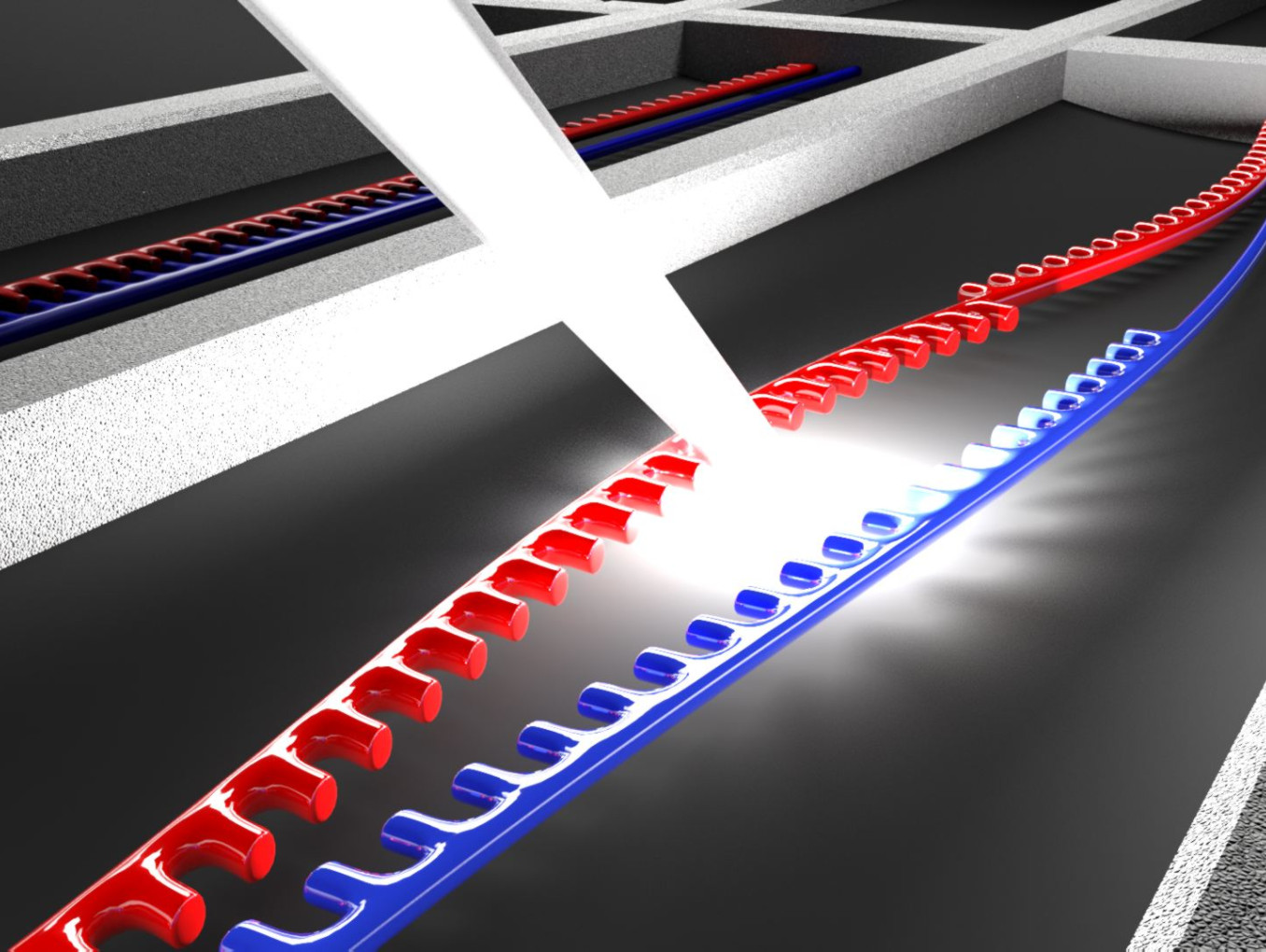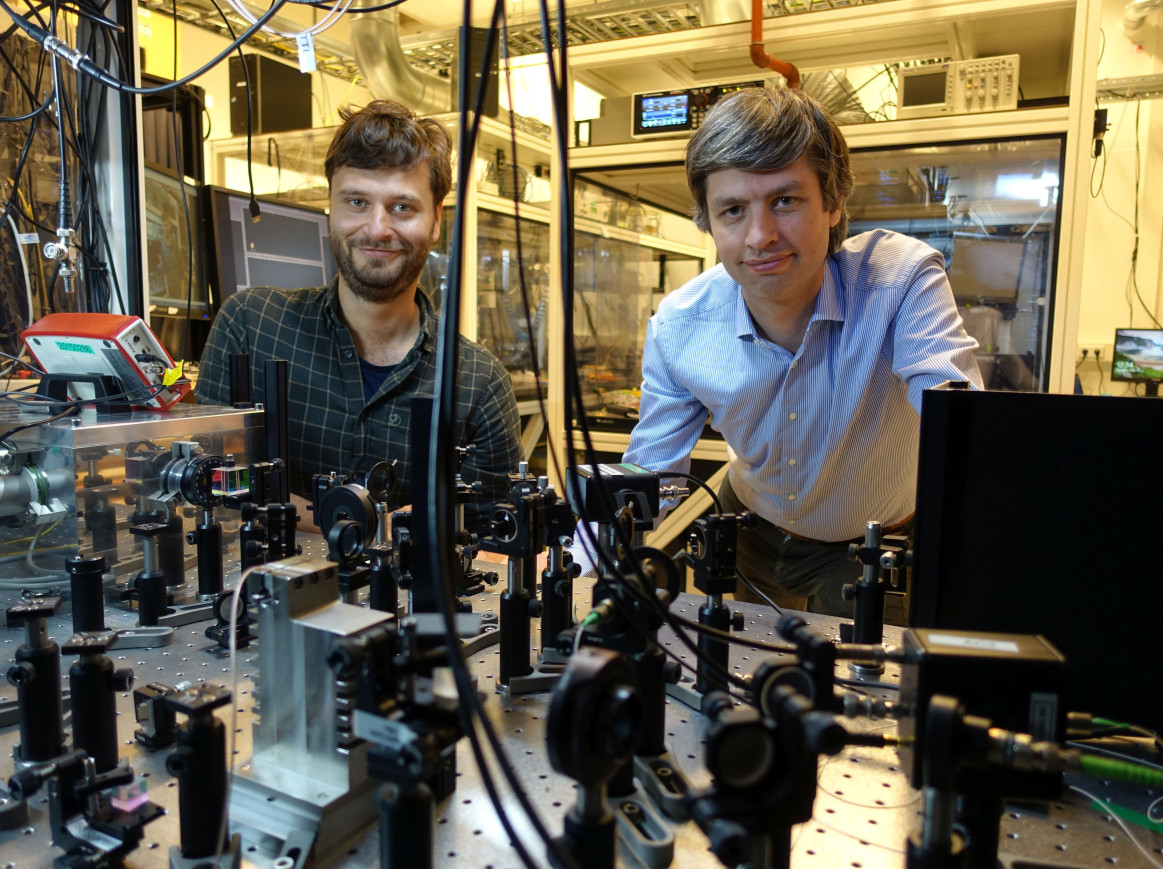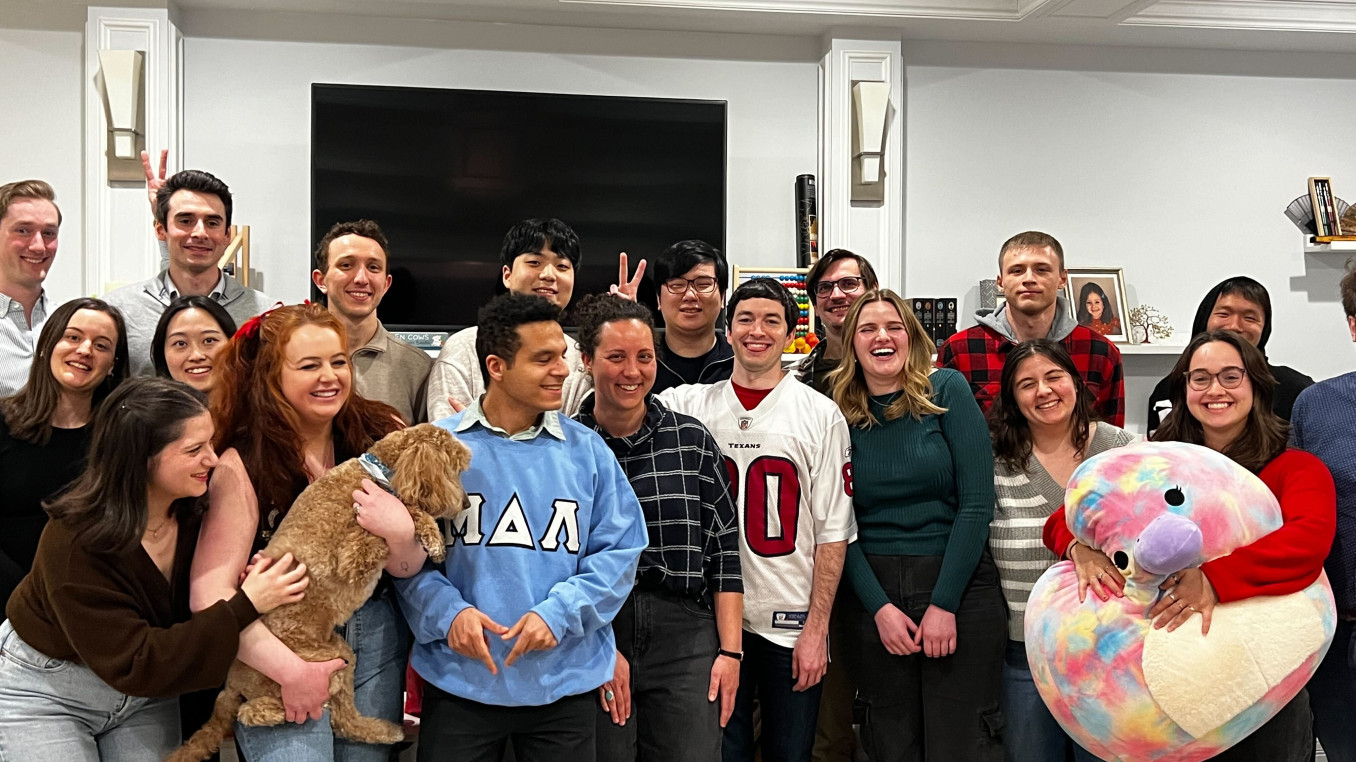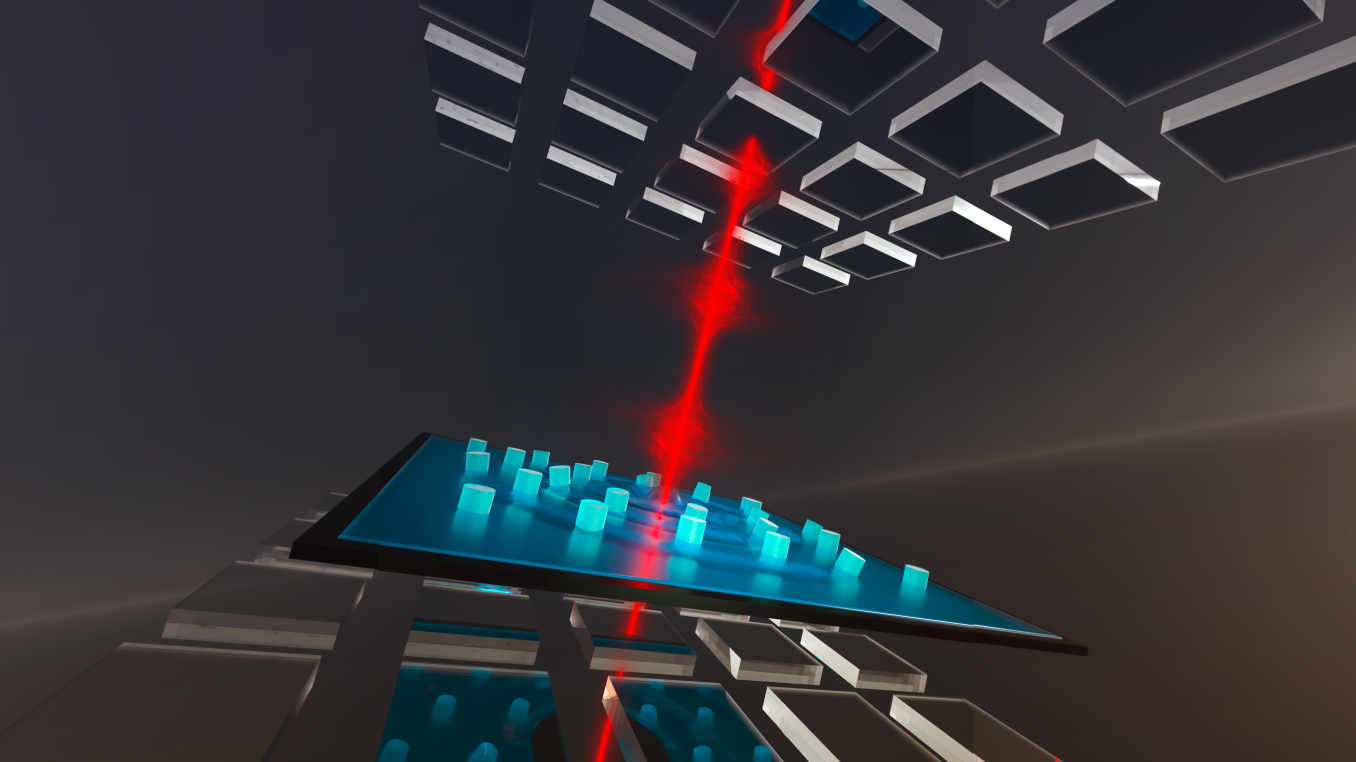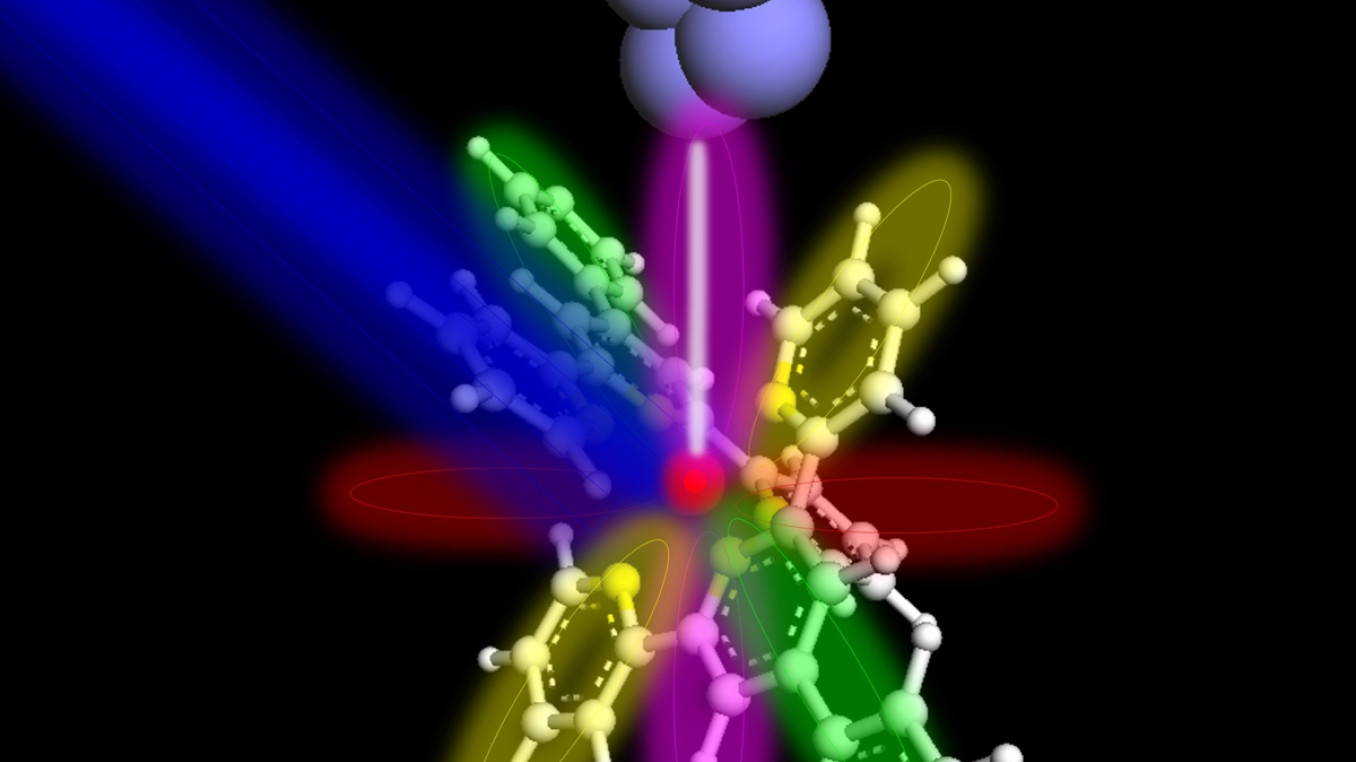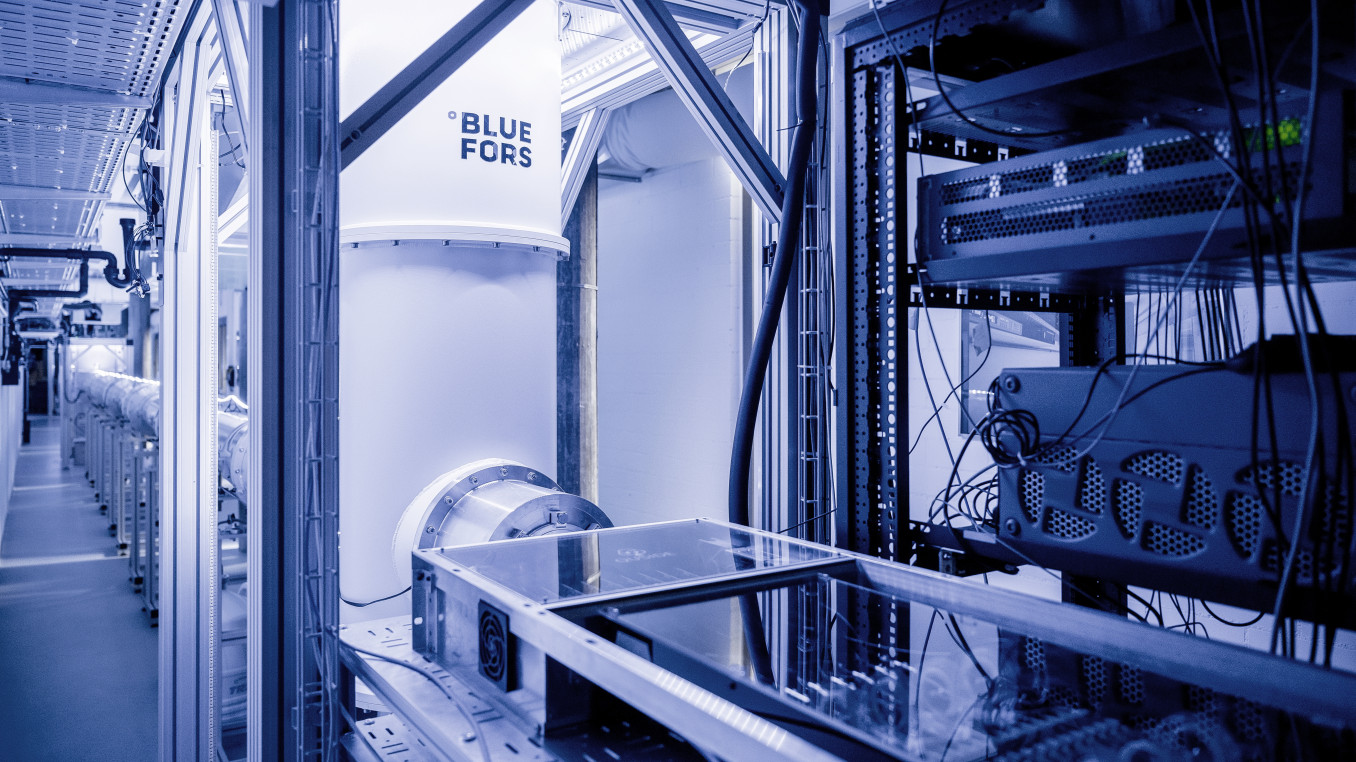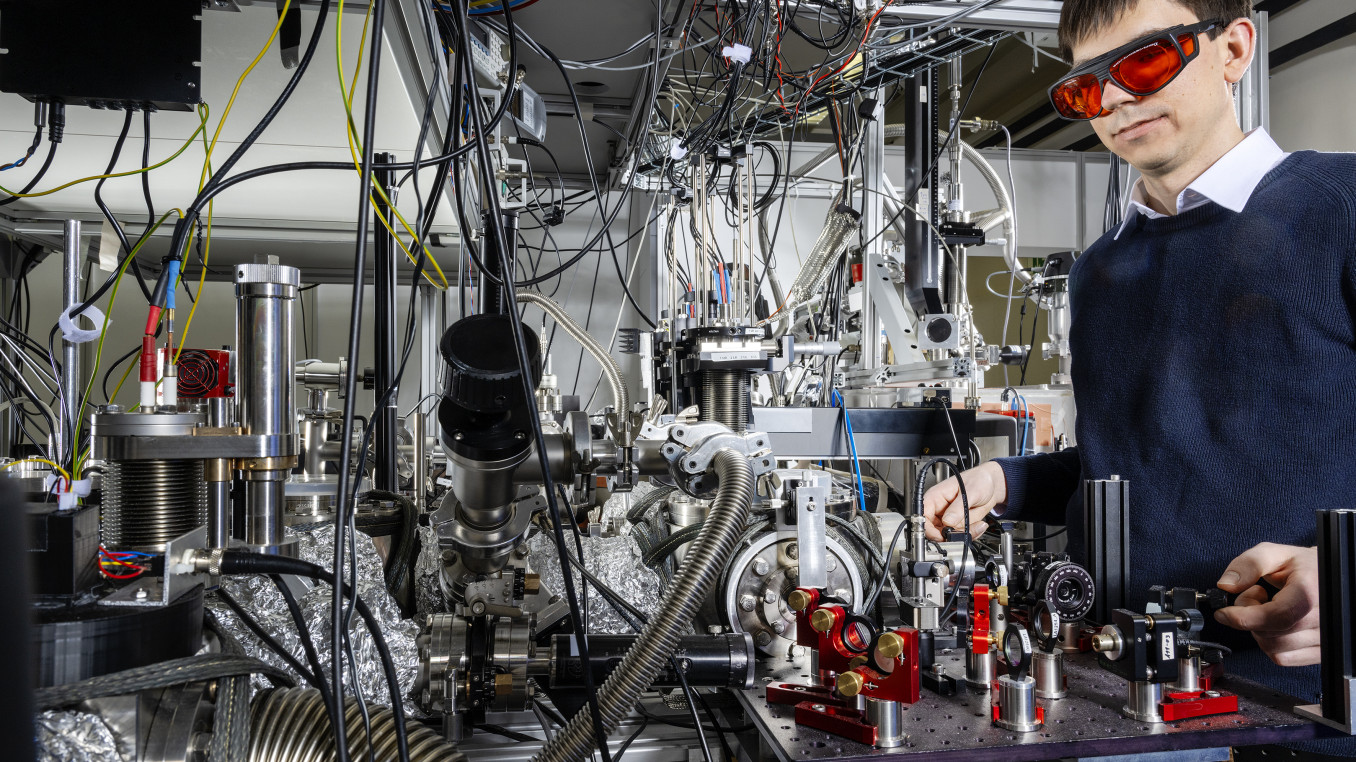Programmable Metamaterials: Ewold Verhagen's Revolution in Light and Sound Control
Breaking the Wall of Programmable Metamaterials
Winner Interview 2024: Physical Sciences
Explore the innovative research of Ewold Verhagen, who is redefining the boundaries of material properties. His work with on-chip nano-optomechanical resonators allows for dynamic control of light and sound, paving the way for groundbreaking advancements in sensors, information processing, and quantum technology. Discover how these cutting-edge metamaterials are poised to transform future technological applications.
Which wall does your research or project break?
The optical, acoustic, and electronic properties of natural materials are governed by atomic building blocks and couplings. In metamaterials, properties are tailored by crafting artificial building blocks. However, the properties of both regular materials and metamaterials adhere to fundamental principles and symmetries, such as energy conservation, time-reversal symmetry, linearity, etc.. As a result, the properties - and technological functionalities – of materials are fundamentally constrained. Moreover, in standard materials and metamaterials the properties are stationary; fixed by the material structure and composition. I investigate breaking these confines in metamaterials made from on-chip nano-optomechanical resonators, in which photons and phonons strongly interact through radiation pressure. Laser light can then fully program potentials for light and sound in space and time, and reconfigure them at will. Importantly, owing to active temporal modulation of the optomechanical interaction, these potentials can break the fundamental principles and symmetries mentioned above. As such, we can realize novel photonic and phononic phases of matter with unique properties owing to nonlinearity, nonreciprocity, and non-Hermiticity. We explore how these fundamental discoveries can be used in future tech: to greatly boost sensors (e.g. following our recent realization of a bosonic Kitaev chain metamaterial), to process information down to the thermodynamic limit, and in quantum devices where quantum states can be distributed and stored in optomechanical metamaterials.
What are the three main goals of your research or project?
In a general sense, we want to explore the limits of programmability in optomechanical metamaterials: the size of the metamaterial (i.e., the number of resonator building blocks), the strength of the couplings between the building blocks, the magnitude of nonlinearity that can be induced, and the minimization of dissipation. To this end, we develop new designs and fabrication methods for optomechanical metamaterials, based on the silicon nanoscale systems that were pioneered in the group, which feature extreme photon-phonon interactions. With these, we pursue three goals:
(1) Investigating whether nonreciprocity and non-Hermiticity (gain) can improve the sensitivity in programmed metamaterials compared to passive counterparts in which the associated symmetries are not broken. Several theoretical ideas have been put forward for this far-reaching question, but so far experimental proof that signal-to-noise resonators in multi-resonator sensors can be truly improved is lacking.
(2) Exploring the use of optomechanical metamaterials for fundamental studies of information processing. Owing to strong and fully controllable nonlinearity, low dissipation, and exquisite readout sensitivity, we aim to implement logical function and in nonlinear networks operating at the thermodynamic limit. This will allow the investigation of tradeoffs between speed, energy, and accuracy in minimal computing systems, and the role of fundamental symmetries. Owing to the programmable nature, the resulting computing metamaterials would in fact have the ability to actively learn, adaptively optimizing for computational tasks.
(3) Through system design and cryogenic operation, we aim to demonstrate the ability to control quantum states of motion in optomechanical metamaterials, and study how nonreciprocity and non-Hermiticy can be used as a resource in the transduction and storage of quantum signals and the creation and distribution of entanglement on chip.
What advice would you give to young scientists or students interested in pursuing a career in research, or to your younger self starting in science?
I would advise young scientists or students interested in pursuing a career in research, first of all, not to be afraid to follow their instincts and personal interests, even if others are not yet convinced of their value or usefulness. It may simply be too early for them to appreciate it. And even if technological or societal applications are not yet clear: Motivation from advancing society in all respects can be a wonderful thing. But there is high value also in pure curiosity-driven research, as long as you’re not afraid to be creative and adaptive. Remember that there is no success without failure.
Second, find a team and collaborators that you enjoy working with; an environment with people that care for each other’s wellbeing and development, as much as for science, is one where you can best express yourself and start building your career. Relatedly, I would pass on some advice that I received myself from a mentor: make sure that it is pleasant to work with you, form the very start of your career. That means focusing not only on your own success, but also caring about that of others. That way, you build relations and make the hard work of doing science at the edge of our knowledge and capabilities a much more pleasurable experience.
What inspired you to be in the profession you are today?
The enthusiasm of role models for asking interesting questions and wondering about nature and its workings. And the idea that, until the end of my career, I would have the privilege of working with smart and motivated young people and learning from them.
What impact does your research or project have on society?
In principle, the work we do could benefit technology, making better sensors and photonic and quantum information devices. But in general, I'm not afraid to say that I often don't know the impact. I believe, though, that by breaking walls to understand and extend the limits of our knowledge and capabilities, impact will come.
